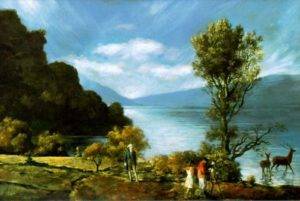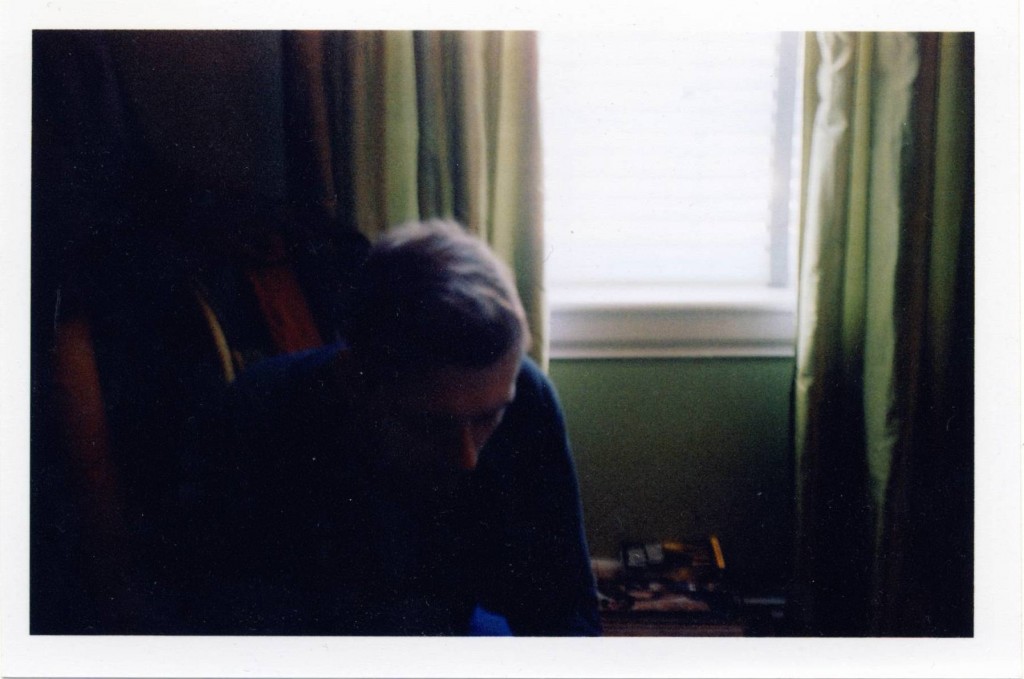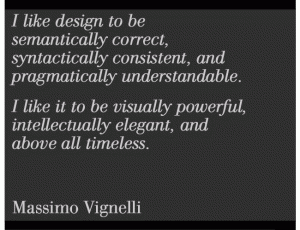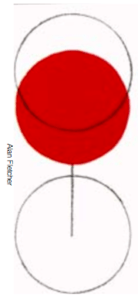The basic idea is that massive megaliths like Comcast and Time Warner and, wait, are they merging? And every other cable company that has a monopoly because of community franchising, have some community responsibility.
That responsibility is called Net Neutrality.
Net Neutrality means different things to every communication company trying to stick citizens with higher bills for their cable and internet service.
To all of them it means lower revenue.
But to the people who pay absurd cable and internet bills each month, net neutrality means that no matter what any company offers over the internet pipes, the price is the same.
Competing services, like Red Box, Amazon and Netflix, might have different business strategies, might have different owners, but each should pay the same amount to transfer their data through the internet to your house.
That’s net neutrality.
The same should be true if you’re selling Marxism, Leninism or Maoism. The price is for bandwidth, not ideology.
Comcast and Time Warner and your cable company would like you to think that this is unfair. They’re wrong. They’ve tried to sell you on paying extra for faster pipes, and better video speeds. They may have made money doing this.
But the basic principle of the internet is equality, and that breaks down quickly when those who own the pipes are able to discriminate between different data streams passing through.
Which is why this cartoon from the Oatmeal resonates:
http://theoatmeal.com/blog/net_neutrality








